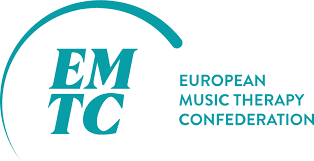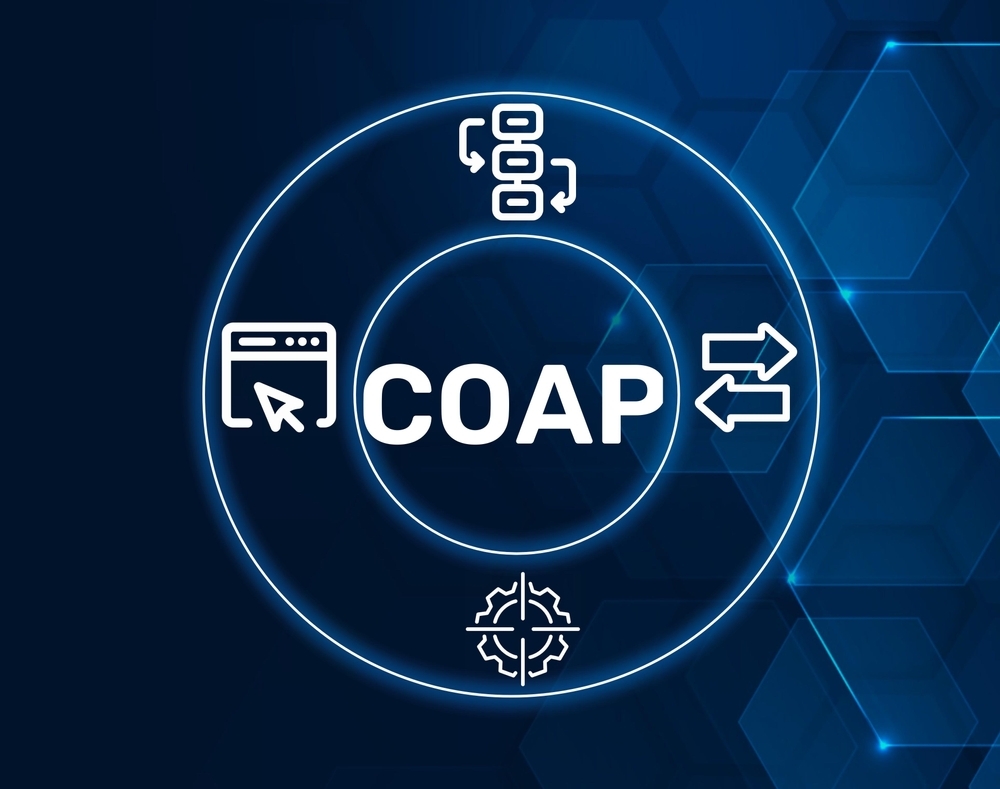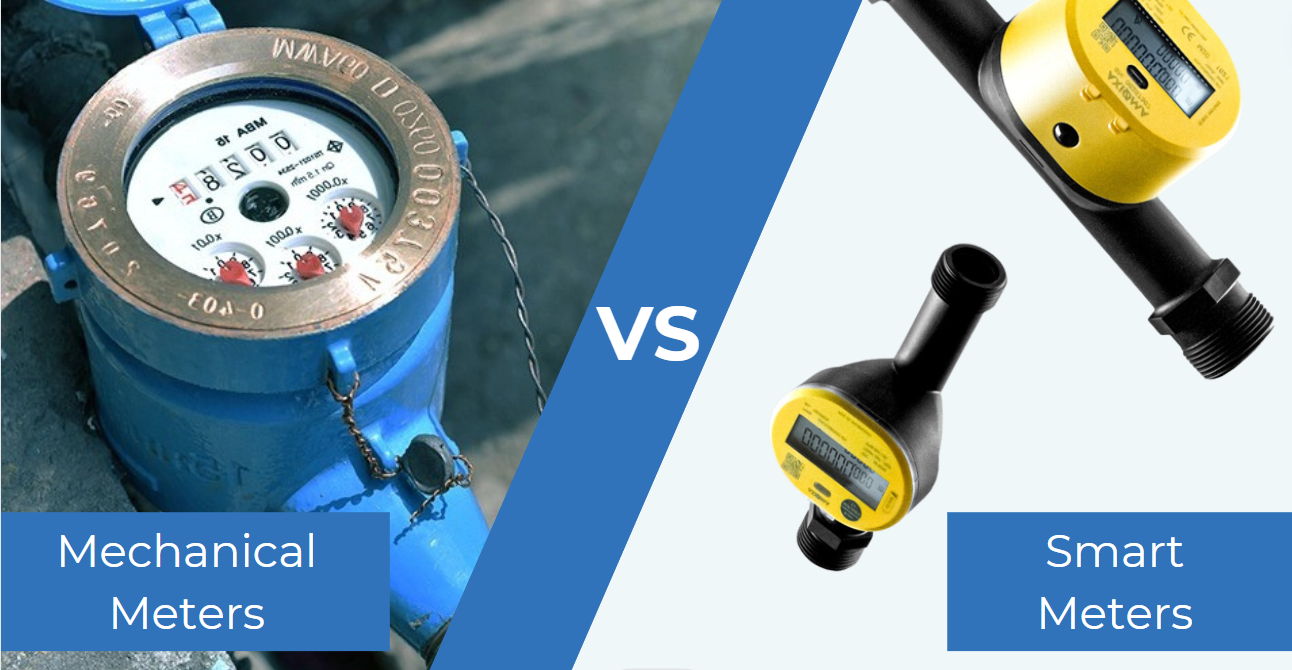Introduction
The Internet of Things (IoT) has grown from a futuristic concept into an essential technology powering industries across the globe. Billions of devices are now connected, exchanging data to optimize processes, enhance efficiency, and improve quality of life. However, not all IoT devices have the same connectivity requirements. Some need high bandwidth and low latency for real-time applications, while others prioritize low power consumption, wide coverage, and the ability to function reliably in mobile environments.
This is where eMTC (enhanced Machine-Type Communication), also known as LTE-M, and IoT SIM cards come into play. An eMTC IoT SIM card provides the ideal balance of low power, broad coverage, and mobility, making it one of the most effective connectivity solutions for modern IoT applications.
In this article, we’ll explore:
- What eMTC is and how it works
- The relationship between eMTC and IoT SIM cards
- Key advantages of eMTC IoT SIM cards
- A comparison with NB-IoT, LoRa, and traditional cellular networks
- Real-world applications such as smart logistics, wearables, and smart cities
- How businesses can benefit from adopting eMTC IoT SIM cards
What is eMTC (LTE-M)?
eMTC, short for enhanced Machine-Type Communication, is a low-power wide-area (LPWA) technology developed by 3GPP as part of the LTE standard (Release 13). It is also widely referred to as LTE-M (LTE for Machines). Unlike standard LTE, which is designed for smartphones and high-bandwidth devices, eMTC is optimized for machine-to-machine (M2M) communication and IoT deployments.
Key Characteristics of eMTC
- Low Power Consumption: Designed for long battery life using features like Power Saving Mode (PSM) and extended Discontinuous Reception (eDRX).
- Wide Coverage: Provides up to 20dB coverage enhancement compared to LTE, enabling connectivity even in challenging environments such as basements or rural areas.
- Moderate Data Rates: Supports data speeds up to ~1 Mbps, higher than NB-IoT, enabling use cases that require voice, mobility, or firmware updates.
- Mobility Support: Unlike NB-IoT, eMTC supports cell handover, making it suitable for devices in motion such as vehicles or wearables.
- Global Standard: Supported by most mobile network operators worldwide as part of their LTE infrastructure.
What is an IoT SIM Card?
An IoT SIM card is a specialized SIM card that enables IoT devices to connect to cellular networks securely and reliably. Unlike consumer SIM cards, IoT SIMs are built with features tailored to M2M communication:
- Support for multiple networks (roaming, multi-IMSI)
- Longer lifecycle and durability for industrial environments
- Remote SIM provisioning and management
- Compatibility with IoT protocols like NB-IoT, LTE-M (eMTC), and even 5G
When paired with eMTC networks, IoT SIM cards become a powerful enabler for low-power, wide-area IoT connectivity with mobility.
Why eMTC IoT SIM Cards Are the Best Solution
1. Low Power, Long Battery Life
eMTC IoT SIM cards are designed for devices that need to run for years on a single battery. Power-saving features such as PSM and eDRX allow sensors, trackers, and wearables to function with minimal energy consumption.
2. Wide Coverage and Reliability
IoT devices often operate in hard-to-reach places—whether in rural farms, underground parking lots, or deep inside smart city infrastructure. eMTC extends coverage by 20dB over LTE, ensuring reliable connectivity.
3. Mobility Support
Unlike NB-IoT, which is optimized for static devices, eMTC supports cell handover, allowing devices in motion—such as vehicles, logistics fleets, and wearables—to stay connected seamlessly.
4. Suitable Bandwidth for IoT Applications
With speeds up to 1 Mbps, eMTC supports applications that require more than simple telemetry. This includes firmware updates, voice over LTE (VoLTE), and richer sensor data transmission.
5. Cost-Effective and Future-Proof
Because eMTC leverages existing LTE infrastructure, operators can deploy it without building new networks. This makes it affordable for businesses and ensures compatibility with future LTE and 5G evolution.
eMTC vs NB-IoT vs LoRa vs Traditional LTE
| Feature | eMTC (LTE-M) | NB-IoT | LoRa | Traditional LTE |
|---|---|---|---|---|
| Standard | 3GPP (LTE Release 13) | 3GPP (LTE Release 13) | Proprietary (LoRa Alliance) | 3GPP (LTE) |
| Power Consumption | Low | Very Low | Low | High |
| Data Rate | ~1 Mbps | < 250 kbps | 0.3–50 kbps | > 10 Mbps |
| Coverage | Wide (20 dB gain) | Ultra-wide (20 dB gain) | Long range, km-level | Standard |
| Mobility | Yes (handover supported) | No | No | Yes |
| Applications | Wearables, logistics, mobile IoT | Smart meters, sensors | Local sensor networks | Smartphones, broadband IoT |
Real-World Applications of eMTC IoT SIM Cards
1. Smart Logistics and Asset Tracking
Logistics companies need reliable, low-power connectivity for vehicles, containers, and cargo. eMTC IoT SIM cards provide wide coverage, mobility, and enough bandwidth for GPS data, temperature monitoring, and real-time updates.
2. Wearable Devices
Smartwatches, fitness trackers, and healthcare wearables benefit from eMTC’s combination of low power, mobility, and voice capability. A child’s smartwatch with an eMTC IoT SIM can stay connected while moving around the city, offering both safety and communication.
3. Smart Cities
Smart lighting, parking systems, waste management, and environmental sensors require reliable connectivity. eMTC IoT SIM cards ensure these devices work even in deep urban environments.
4. Industrial IoT
Factories and remote monitoring systems use eMTC SIM cards for predictive maintenance, equipment tracking, and condition monitoring. The technology enables efficient data transfer and remote updates.
5. Healthcare and Medical IoT
Remote patient monitoring devices rely on eMTC IoT SIM cards for mobility and reliability. Data such as heart rate or glucose levels can be securely transmitted to healthcare providers.
Benefits for Businesses Using eMTC IoT SIM Cards
- Reduced Operational Costs: Long battery life and wide coverage reduce maintenance and replacement needs.
- Scalability: Easy to deploy across different regions with global operator support.
- Security: IoT SIM cards provide encrypted communication, protecting sensitive data.
- Flexibility: Suitable for both static and mobile IoT devices.
- Future Readiness: As LTE and 5G continue to evolve, eMTC will remain an integral part of the IoT ecosystem.
Future of eMTC and IoT SIM Cards
As 5G networks expand, many assume older technologies will be phased out. However, IoT connectivity requires more than just high speed. Ultra-low-power, wide-area solutions like eMTC will continue to play a vital role in supporting billions of IoT devices that do not need 5G’s high bandwidth but do require long-term, cost-effective connectivity.
Conclusion
The combination of eMTC technology and IoT SIM cards creates an optimal solution for low-power, mobile IoT applications. From smart logistics and wearables to healthcare and smart cities, eMTC IoT SIM cards deliver the perfect mix of energy efficiency, mobility, and reliability.
For businesses and developers building IoT solutions, adopting eMTC IoT SIM cards means embracing a future-proof, scalable, and cost-efficient connectivity option that meets today’s demands and tomorrow’s innovations.
Zhongyi IoT provides eMTC (LTE-M) connectivity solutions, enabling enterprises and developers to build IoT applications with low power consumption, wide coverage, and mobility support. Our eMTC IoT SIM cards combine energy efficiency with higher data rates, making them ideal for logistics tracking, connected vehicles, wearables, smart cities, and healthcare. Backed by global operator partnerships, Zhongyi IoT ensures reliable, secure, and scalable IoT connectivity, helping businesses accelerate digital transformation.



